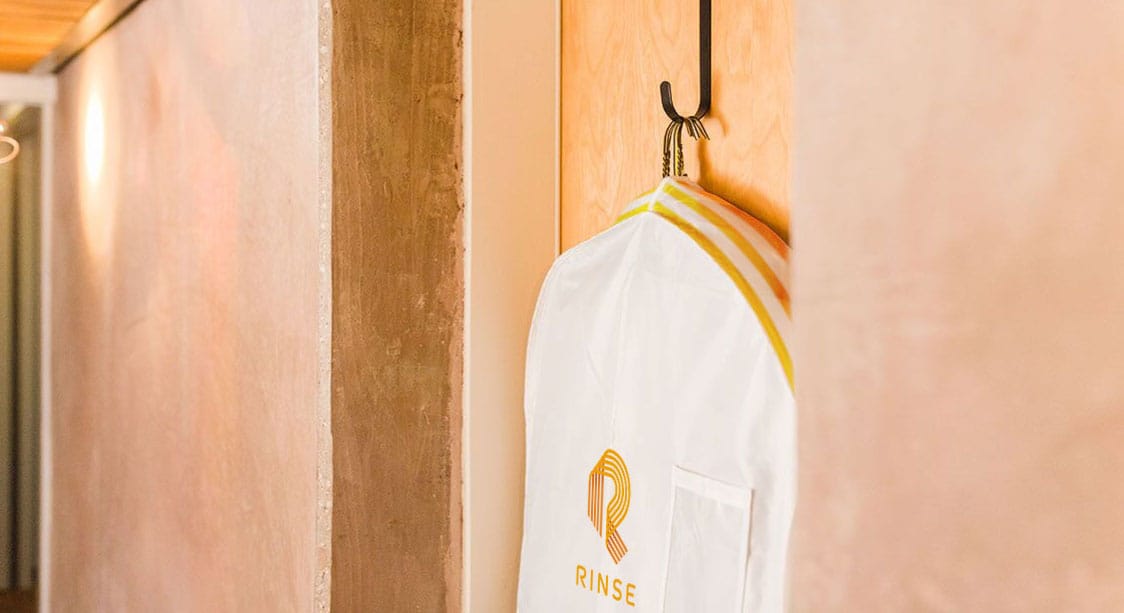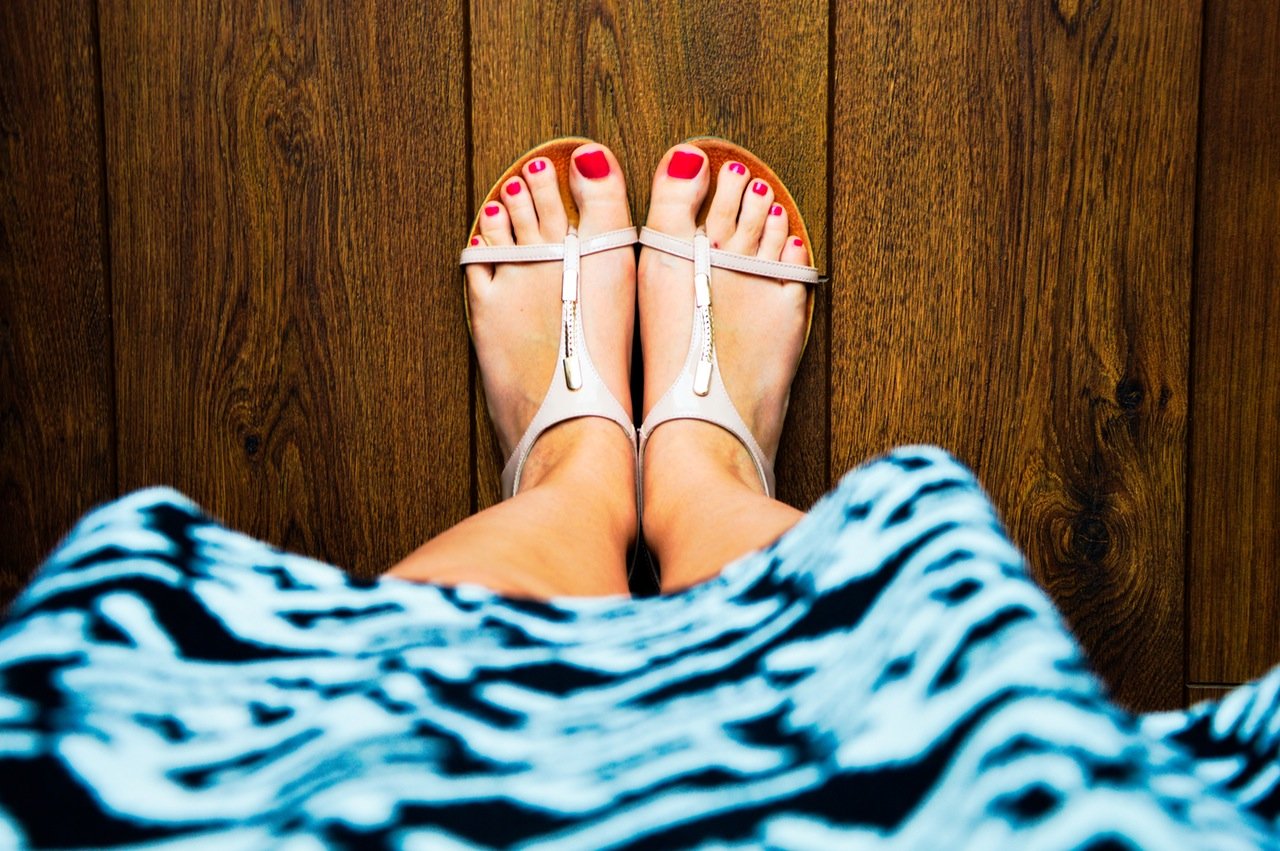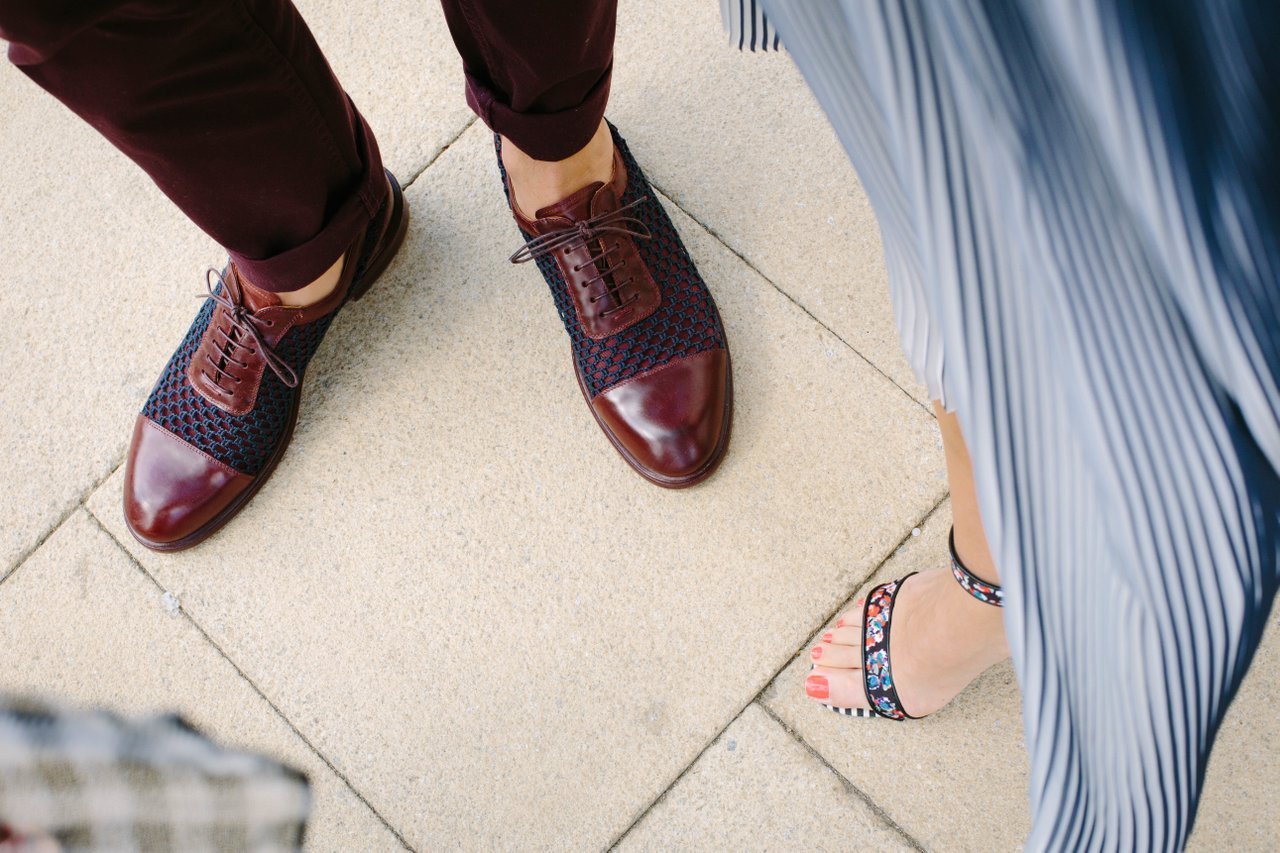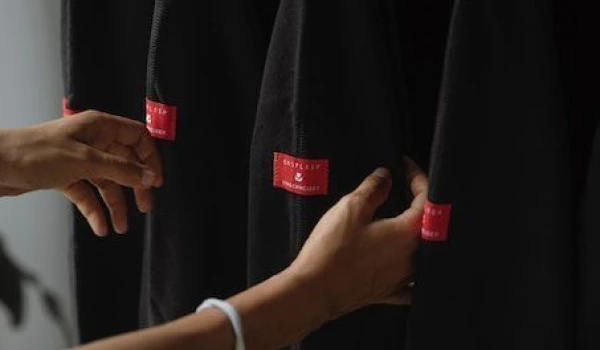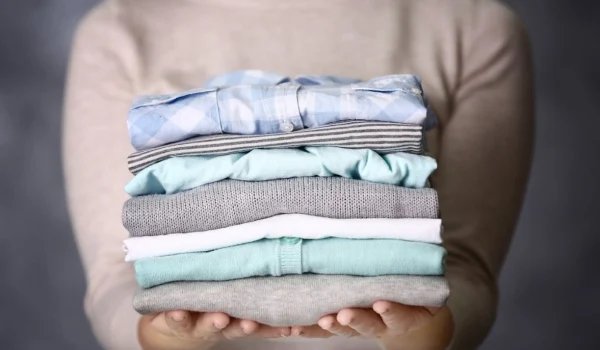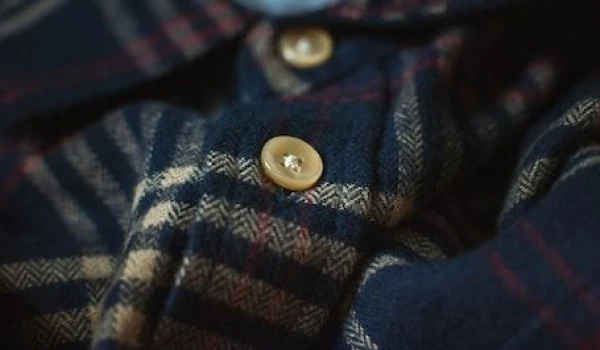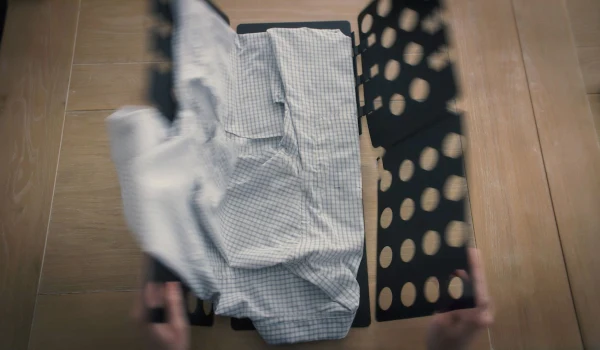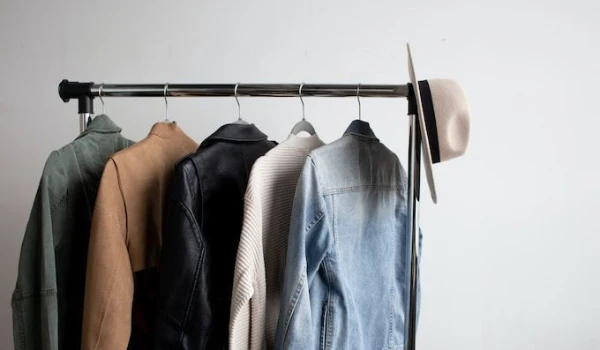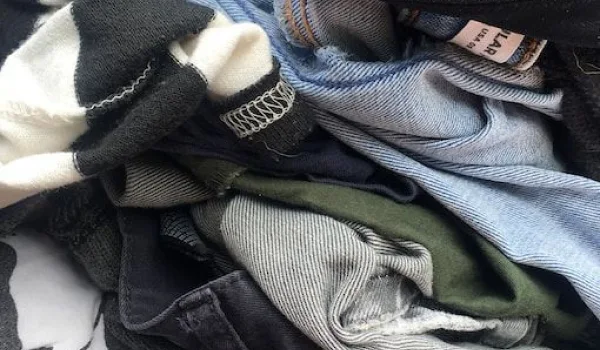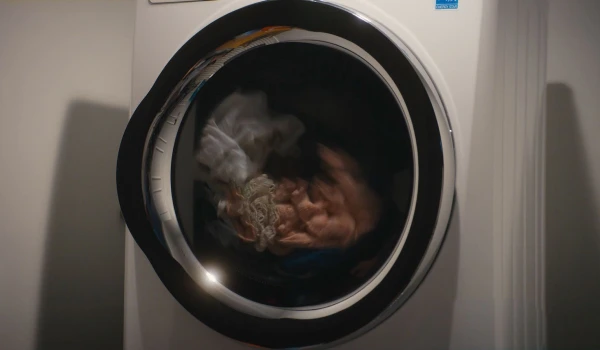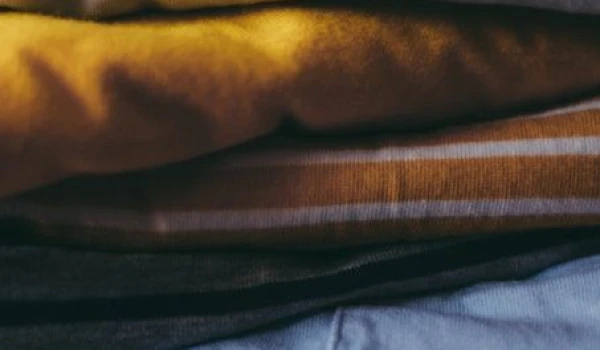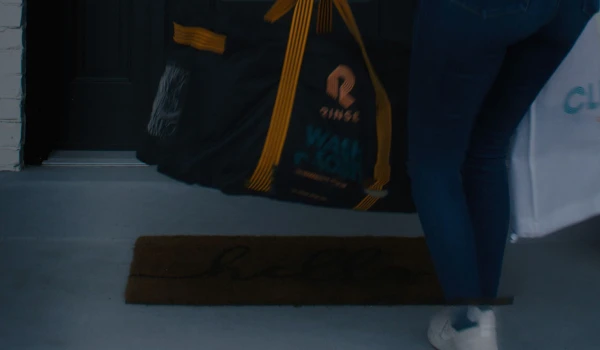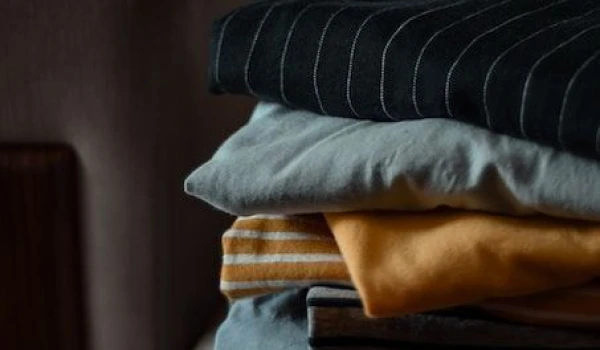How To Separate Laundry Like a Pro
Hate it or love it, separating laundry is an essential part of laundry day. Properly separating your laundry can help prevent damage, preserve colors, and extend the life of your clothing. This guide will teach you everything you need to know to separate laundry like a pro.
Why Is Separating Laundry Important?
Before diving into the best practices for separating your laundry, it’s important to understand why this step is so critical in the washing process.
Separating Helps to Identify and Treat Stains
One of the primary benefits of separating laundry is that it allows you to inspect each item more closely. As you separate clothes, you can check for any stains or dirt that might require pretreatment. By catching these stains early, you can treat them before they set in, increasing the chances of removing them completely. For example, stains on white clothes often require immediate attention to prevent permanent discoloration.
Separating Preserves Your Clothing
Separating laundry by color and fabric type is crucial for preserving the integrity of your clothes. When you mix different colors, particularly dark clothes and white clothes, there's a high risk of color bleeding. For instance, dark color clothes, like a red shirt, can bleed onto lighter garments, leading to frustrating stains that are difficult to remove. Separating your laundry ensures that colors remain vibrant and that clothes maintain their original appearance.
Separating Protects Your Delicates
Delicate fabrics like silk, lace, and satin require special care during washing. These items can easily be damaged if washed with heavier or more abrasive materials. By separating delicates from other laundry, you reduce the risk of tearing, fraying, or stretching. Delicates should be washed on a gentle cycle or even hand-washed, depending on the fabric type, to ensure they stay in good condition.

Strategies For Separating Laundry
Properly separating your laundry involves more than just sorting by color. To ensure your clothes are cared for correctly, consider the following strategies:
By Temperature
One of the most effective ways to separate laundry is by the temperature at which it should be washed. Washing clothes at the appropriate temperature helps maintain their shape, color, and fabric quality. For example, washing in cold water is best for dark colors and delicate fabrics to prevent fading and shrinking. On the other hand, washing in warm or hot water is ideal for white clothes, towels, and heavily soiled items, as the heat helps to remove dirt and kill bacteria.
By Fabric
Separating laundry by fabric type is another critical strategy. Different fabrics require different care to avoid damage during washing. For instance, heavy fabrics like denim and towels should be washed separately from lighter, more delicate fabrics like silk or linen. Mixing fabrics of varying weights can cause excessive wear and tear on the more delicate items. Additionally, synthetic fabrics like polyester should be separated from natural fibers like cotton to prevent pilling and reduce the risk of damage from different washing requirements.
By Color
Color separation is perhaps the most well-known laundry sorting method. To prevent color bleeding and keep your clothes looking their best, separate laundry into three main categories: dark clothes, white clothes, and bright or medium colors. Dark colors should be washed together to prevent them from transferring dye onto lighter items. White clothes should always be washed separately to avoid picking up any stray colors. Bright or medium colors, such as reds, greens, and blues, should also be grouped together to avoid any color transfer.

How To Separate Your Laundry
Now that you understand the importance of separating laundry and some key strategies, here’s a step-by-step guide on how to do it effectively:
Read The Care Labels
Before starting the separation process, always read the care labels on your clothes. These labels provide essential information about how to properly care for each item, including recommended washing temperature, whether the item should be washed inside out, or if it requires dry cleaning. This step is particularly important for delicate fabrics and unique materials that may require special attention.
Sort Using Piles
Once you’ve checked the care labels, begin sorting your laundry into piles based on color, fabric type, and washing temperature. Start with the basics by separating your laundry into dark clothes, white clothes, and colored clothes. From there, you can create additional sub-piles for items that need special care, such as delicates, heavily soiled items, and clothes that require dry cleaning. Sorting your laundry into piles makes the washing process more organized and helps ensure that each item is cared for properly.
Sort Blended Fabrics
Blended fabrics, like cotton-polyester mixes, should be sorted separately from pure fabrics. Blended fabrics can have different washing requirements compared to single-fiber fabrics, which means they can be prone to issues like shrinking or color transfer if not washed correctly. By sorting blended fabrics separately, you can use the appropriate washing settings to maintain the integrity of the fabric.
Sort By The Amount Of Dirt On Items
Heavily soiled clothes should be washed separately from lightly worn items. Items like gym clothes, work uniforms, or outdoor gear can carry more dirt, sweat, and odors than everyday wear. Washing these items together with lightly soiled clothes can lead to cross-contamination, leaving your clothes less clean than desired. Pre-washing or soaking heavily soiled items can also help remove excess dirt before running a full laundry cycle.
Turn Your Clothes Inside Out
Turning clothes inside out before washing can help protect the outer surface from fading, especially for dark color clothes. This simple step also reduces the friction between garments during washing, which can cause wear and tear over time. For items with prints, embellishments, or delicate fabrics, washing inside out helps preserve their appearance and extends their lifespan.
Pretreat Stained Items
Before tossing stained items into the washing machine, it's important to pretreat them to increase the chances of stain removal. Use a stain remover or laundry detergent to treat the stained area and let it sit for a few minutes before washing. This step is especially crucial for white clothes or delicate items that can be easily damaged if the stain is not properly addressed.

Get Your Laundry Separated Professionally With Rinse
While separating laundry at home is a great way to care for your clothes, it can be time-consuming and requires careful attention to detail. If you want to ensure your laundry is separated and washed perfectly without the hassle, consider using Rinse. Rinse offers professional laundry services that take care of every step of the laundry process, from separating to washing to delivering your clothes back to you, allowing you to do laundry on your schedule.
Rinse uses advanced cleaning techniques and high-quality detergents to ensure your clothes are cleaned thoroughly while preserving their color and fabric integrity. With Rinse, you can trust that your delicates are handled with care, your dark colors won't bleed onto your whites, and your favorite garments will last longer. Additionally, Rinse offers dry cleaning services for items that require special care, ensuring all your clothing is treated according to its specific needs.
By choosing Rinse, you can skip the tedious process of laundry separation and enjoy the convenience of professional cleaning delivered straight to your door. Whether you need regular laundry services or simply want to maintain an organized laundry routine, Rinse has you covered.
Explore more tips on laundry care and make your laundry day easier with Rinse. From learning how to do laundry to a complete guide to machine capacity, our blog is full of helpful resources to ensure your clothes stay clean and fresh with minimal effort.
Contact us at Rinse today to see our skill in action.

Have laundry or dry cleaning to do?
Rinse picks up, cleans and delivers 7 days a week. Amazingly awesome. Ridiculously simple.






